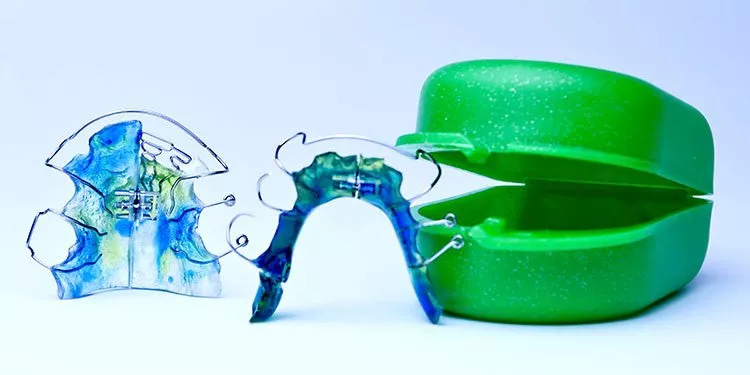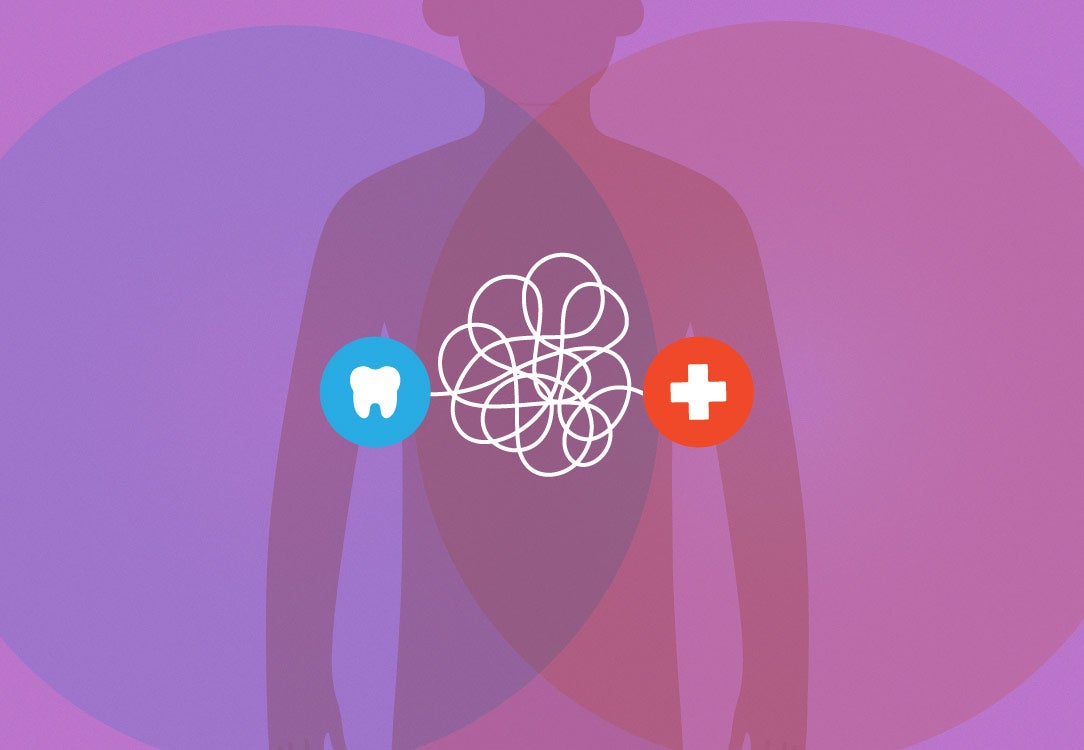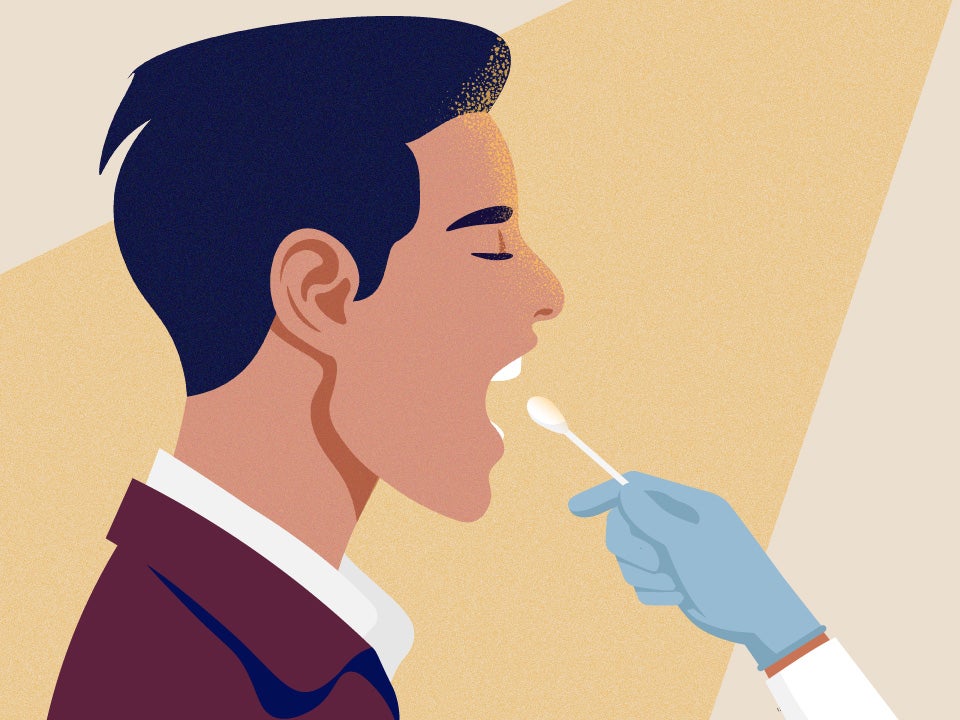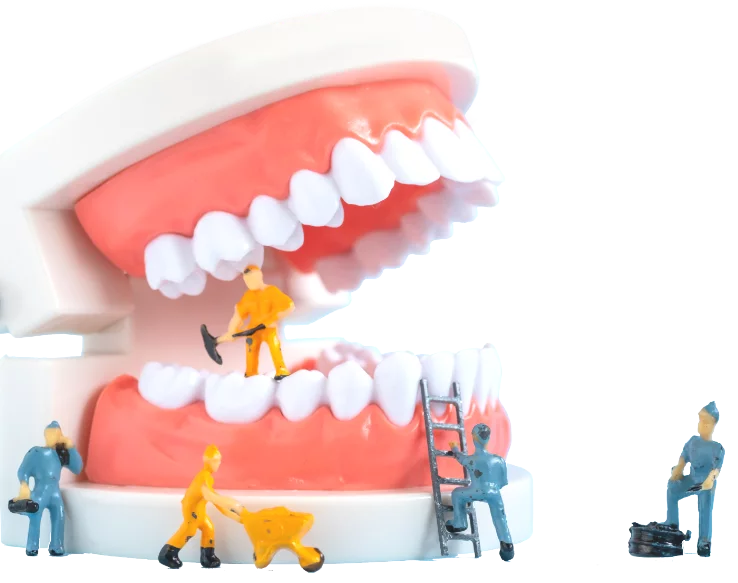Going through the process of getting orthodontic care will introduce you to words and concepts that you may not have known before. The different elements of the braces, as well as the processes you will go through during each appointment, will be reviewed during your initial orthodontist appointment. Getting a retainer after braces is a common practice.
What Are Retainers?
Retainers are oral devices that are used to preserve the alignment of your teeth after braces. Throughout orthodontic treatment, your teeth are slowly moved into alignment. If you use braces, your teeth will move closer into position after each visit to the orthodontist. Changing bands, wires, and tightening everything up during your appointments are all part of the process of aligning your teeth and your bite. If you choose Invisalign or some other type of clear aligner, your teeth are slowly moved with each new set of aligners.
The movement that happens with orthodontic treatment does not automatically stop once your braces are removed. Your teeth can revert back to the way they were overtime or move a little bit out of alignment. Even slight movement in your teeth can cause issues with your bite. How do retainers work? Teeth retainers are designed to keep your teeth from moving after you are finished with braces or Invisalign. The dental retainer is customized to your mouth and teeth so that it is the right fit to prevent your teeth from moving. The American Association of Orthodontists points out that retainers provide you with the best option for preventing unwanted movement.
What Are the Benefits of Dental Retainers?
How Often Do You Have to Wear a Retainer?
The exact schedule you will be on for wearing your retainer will depend on your unique situation. General guidelines involve wearing your retainer around the clock for a short period of time after you have your braces removed – possibly for a few months. After that initial stage, many people can move to a schedule that involves wearing the retainer only during the night. Each person is different, which means it is important to follow the instructions outlined by your orthodontist when it comes to wearing your retainer. If you experience any pain or discomfort while wearing your retainer, you may be wondering why your retainer hurts. Click to learn more about why your retainer may be causing discomfort.
How Long Do I Need to Wear My Retainer?
Types of Retainers and Cost
Permanent vs. Removable Retainers
Other Considerations for Retainer Costs
What If I Need to Replace My Retainer?
Caring for My Retainer
How to Get a Child in the Habit of Wearing a Retainer
Find an Orthodontist Near Me
If you are looking for help with any stage of orthodontic care, check out the Find a Dentist tool from Smile Generation. This tool can help you find a top-notch orthodontist in your area that can help you address any issues you have with your braces, aligners, or retainer.
Find your trusted, local dentist today!
Sources
- American Association of Orthodontists. (n.d.). Taking care of retainers. AAO Info. https://www3.aaoinfo.org/blog/taking-care-of-retainers/
- National Center for Biotechnology Information. (2023). Post-orthodontic retainer wear and maintenance: A systematic review. National Institutes of Health. https://www.ncbi.nlm.nih.gov/pmc/articles/PMC9954726/
Smile Generation blog articles are reviewed by a licensed dental professional before publishing. However, we present this information for educational purposes only with the intent to promote readers’ understanding of oral health and oral healthcare treatment options and technology. We do not intend for our blog content to substitute for professional dental care and clinical advice, diagnosis, or treatment planning provided by a licensed dental professional. Smile Generation always recommends seeking the advice of a dentist, physician, or other licensed healthcare professional for a dental or medical condition or treatment.








